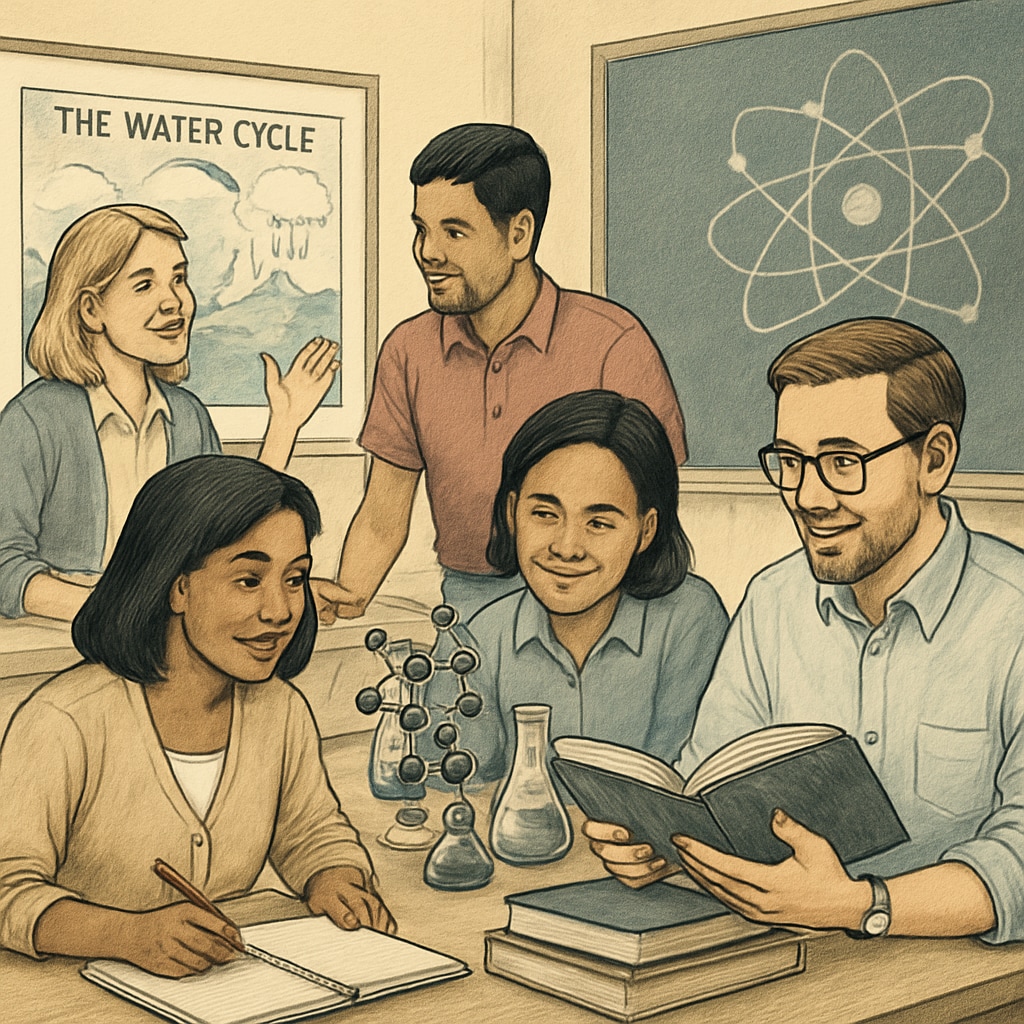The OpenSciEd Middle School Curriculum Community serves as a transformative hub for science education, providing educators with a platform for collaboration, resource-sharing, and innovation. By addressing the evolving needs of K-12 education, this community plays a pivotal role in shaping the future of science teaching and learning. Its mission aligns with the growing demand for accessible, high-quality instructional resources that empower educators and engage students in meaningful scientific exploration.
The Vision Behind OpenSciEd
OpenSciEd was founded to tackle a pressing challenge: the lack of accessible and coherent science curricula in middle schools. Recognizing that many educators face barriers in accessing high-quality instructional resources, OpenSciEd provides free, openly licensed science curricula aligned with the Next Generation Science Standards (NGSS). This initiative ensures that every student, regardless of their background, has access to rigorous and engaging science education.
At its core, the OpenSciEd community is more than just a repository of lesson plans. It is a space where educators collaborate on best practices, share insights, and support one another in implementing innovative teaching strategies. By fostering this collaborative spirit, OpenSciEd not only enhances individual classrooms but also promotes systemic change in science education.

Why Collaboration Matters in Science Education
Collaboration lies at the heart of the OpenSciEd Middle School Curriculum Community. As educators navigate the complexities of teaching, having a supportive network is invaluable. The community provides opportunities for teachers to:
- Share practical strategies for implementing NGSS-aligned curricula in diverse classroom settings.
- Access a wealth of resources, including lesson plans, assessments, and professional development tools.
- Engage in discussions with peers to troubleshoot challenges and celebrate successes.
For example, a teacher in a rural district might connect with colleagues in urban schools to exchange strategies for engaging students in hands-on scientific inquiry. These interactions not only enrich teaching practices but also cultivate a sense of belonging within the broader educational community.
Research underscores the value of professional learning communities in improving teaching outcomes. According to a report by Edutopia, collaborative networks empower educators to refine their approaches, leading to better student engagement and achievement.

Driving Innovation in K-12 Science Education
Innovation is a cornerstone of the OpenSciEd initiative. By leveraging the collective expertise of educators, curriculum developers, and researchers, the community continually evolves to meet the needs of modern classrooms. Key areas of focus include:
- Integrating technology to enhance student engagement and understanding.
- Designing culturally responsive curricula that reflect diverse perspectives.
- Promoting equity by addressing systemic barriers to high-quality science education.
One notable example is the incorporation of real-world phenomena into lesson plans. By grounding scientific concepts in relatable contexts, students develop a deeper understanding of how science applies to their everyday lives. This approach not only aligns with NGSS but also inspires curiosity and critical thinking.
As highlighted by Britannica, fostering scientific literacy is essential for preparing students to navigate global challenges. The OpenSciEd community contributes to this goal by equipping educators with the tools they need to cultivate informed, innovative thinkers.
The Future of the OpenSciEd Community
Looking ahead, the OpenSciEd Middle School Curriculum Community is poised to expand its impact. Ongoing initiatives aim to:
- Develop curricula for elementary and high school levels, creating a seamless K-12 science education framework.
- Enhance professional development opportunities, including virtual workshops and mentorship programs.
- Foster partnerships with educational organizations to amplify outreach and support.
By prioritizing collaboration, innovation, and equity, the OpenSciEd community is building a foundation for transformative change in science education. As more educators join the network, the collective impact will continue to grow, ensuring that every student has the opportunity to thrive in the sciences.
In conclusion, the OpenSciEd Middle School Curriculum Community exemplifies the power of collaboration in education. By connecting educators, sharing resources, and driving innovation, it is shaping the future of science education and empowering the next generation of learners.
Readability guidance: Short paragraphs, active voice, and clear transitions ensure accessibility. Lists summarize key points, and external links provide additional context. Images illustrate collaborative and innovative practices in science education.


